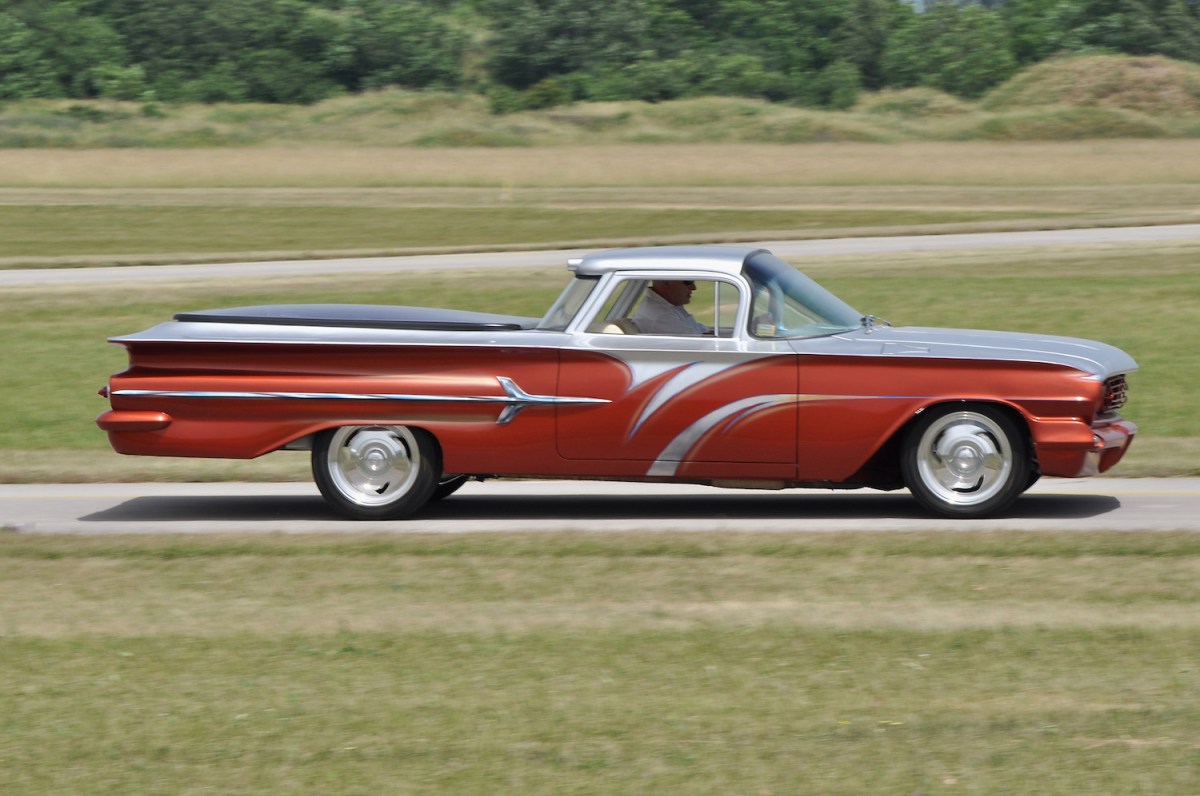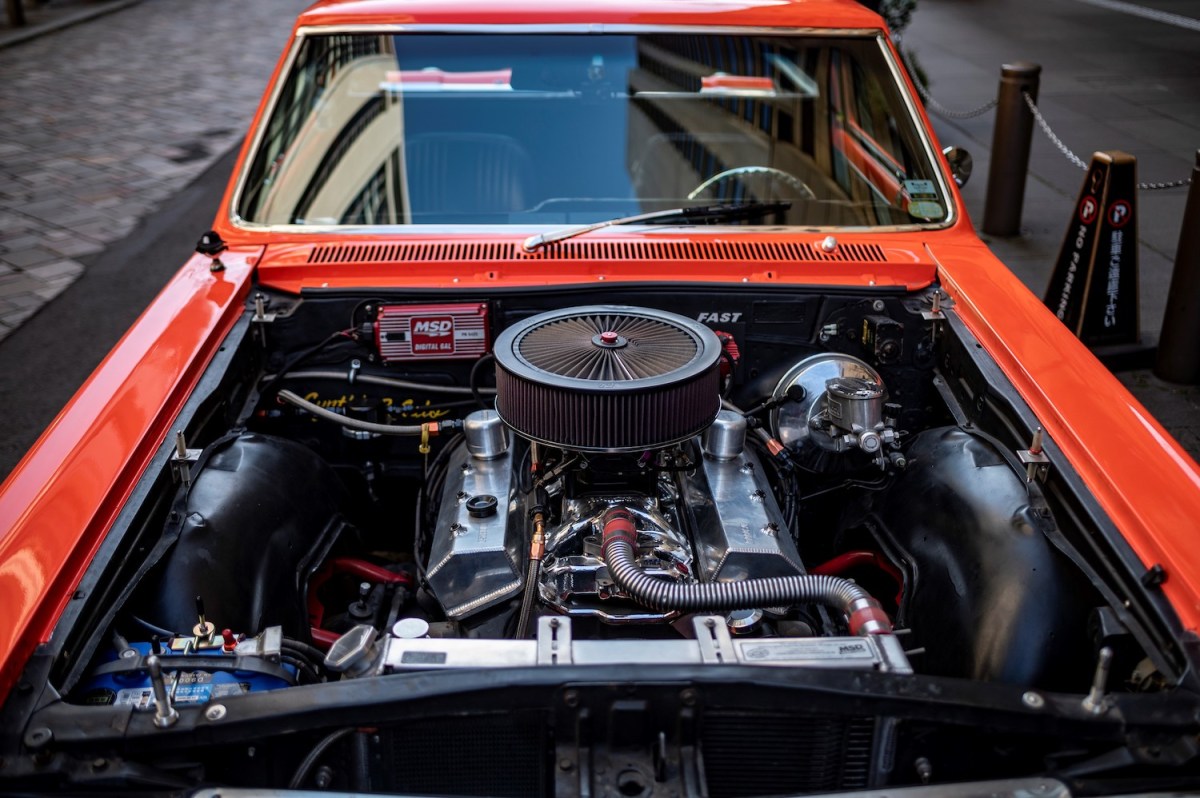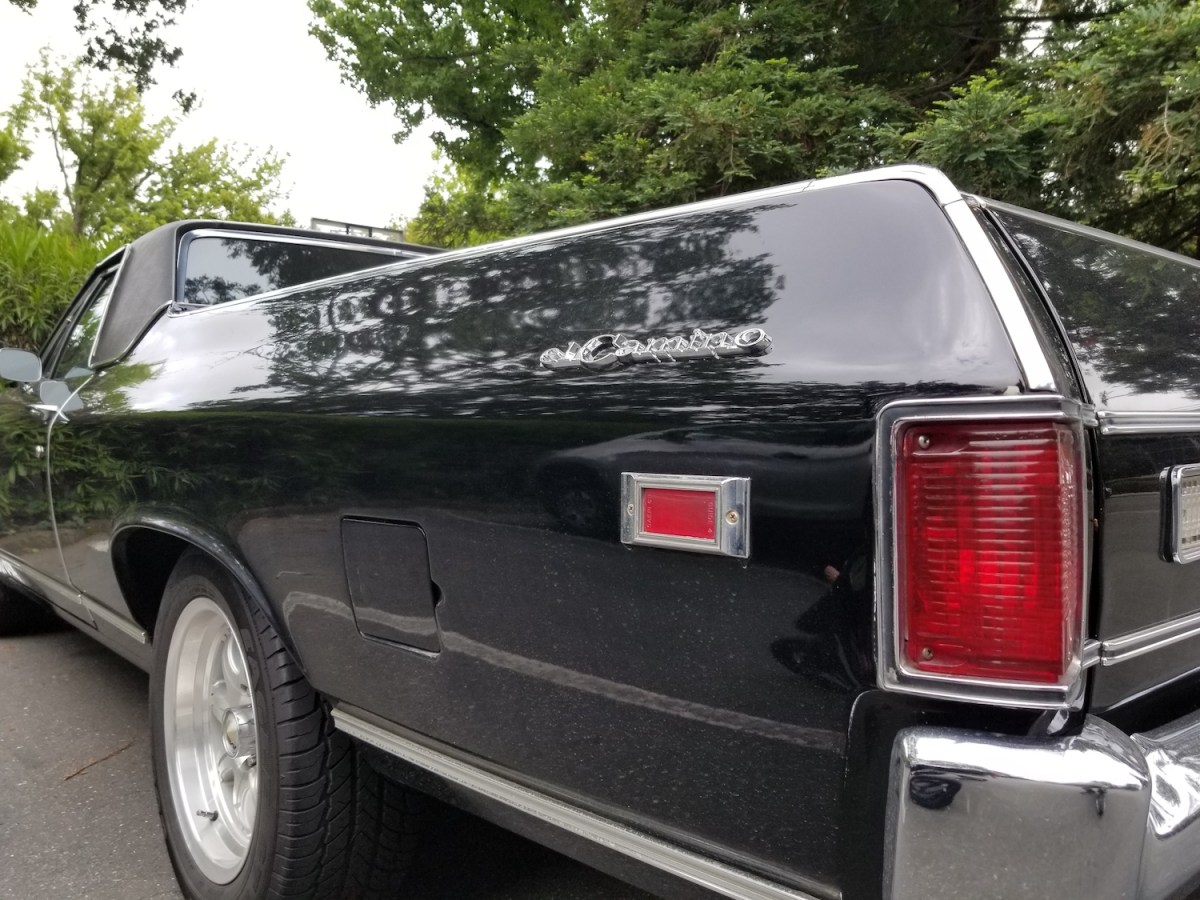
Why El Caminos Are the Best for Towing Sport Bikes
Some riders who own sport bikes want to make the occasional track day. If they have unlimited money, then they have a crew that loads up a box truck with the bike, some tools, and spare parts. However, if the rider is on a budget, they may opt for something cheaper, like a truck or a van. The best for towing sport bikes, however, is a Chevrolet El Camino, and here’s why.
El Caminos have a low ride height

Loading a motorcycle into a truck bed is harrowing. It requires balance and strength, to wheel the motorcycle onto a ramp and into the truck bed. Being tall also helps a great deal, making it easier to hop into the bed with both arms still on the handlebars. If the bike tips over while going up the ramp, someone could get injured.
Lowering the truck’s rear suspension could help mitigate this problem, but the truck bed will still be on the taller side. An El Camino, however, sits so low that stepping into the bed from the ground isn’t a problem even for someone who’s of average height.
What’s more, is that a sportbike, like the Honda CBR600RR, measures about 80-inches long, while the El Camino’s bed measures 80.75. When loading a motorcycle into a truck bed, some riders compress the front suspension before they latch it down, which would give even more clearance.
El Caminos can fit almost any engine

El Camino engine bays are massive. Some came with the 454, Chevrolet’s biggest engine block at the time, so there’s plenty of room for virtually any engine. The El Camino had 450 gross horsepower from the 454 at its most powerful, which a lighter and smaller LS1 can easily accomplish.
GM built the third generation until 1972, which makes it a smog-exempt car. Living in states with smog laws can be difficult, especially when shopping for a budget car that can tow a motorcycle. Buying an El Camino before 1975 is the bare minimum, but getting one between 1968-1972 is optimal, considering the massive horsepower numbers.
Rear suspension upgrades exist for extra payload capacity

Although El Caminos are technically classified as pickups, the payload capacity was just 650 pounds. GM also provided options to increase that number to 1150 pounds from the factory. For hauling a 600 cc sportbike and some equipment 650 pounds is plenty, but any heavier bike might require some suspension and axle upgrades.
As the El Camino is considered a pickup, its axle was designed to handle a passenger car, so by design, it won’t be as strong as the rear end from a truck. It also doesn’t need to be, if it’s only carrying a small 400-pound motorcycle.
El Caminos solve a lot of problems when it comes to motorcycle towing. They are low enough that loading the bike can be done relatively safely with one person, they are smog exempt so registration shouldn’t ever be an issue, and almost any engine will fit inside of the engine bay.
Also, El Caminos can provide a place to sleep. If camping in the paddock between track days, there are tents that can use truck beds as a base, that attach at the wheel wells. It’s also going to be the coolest bike transport at the track.


